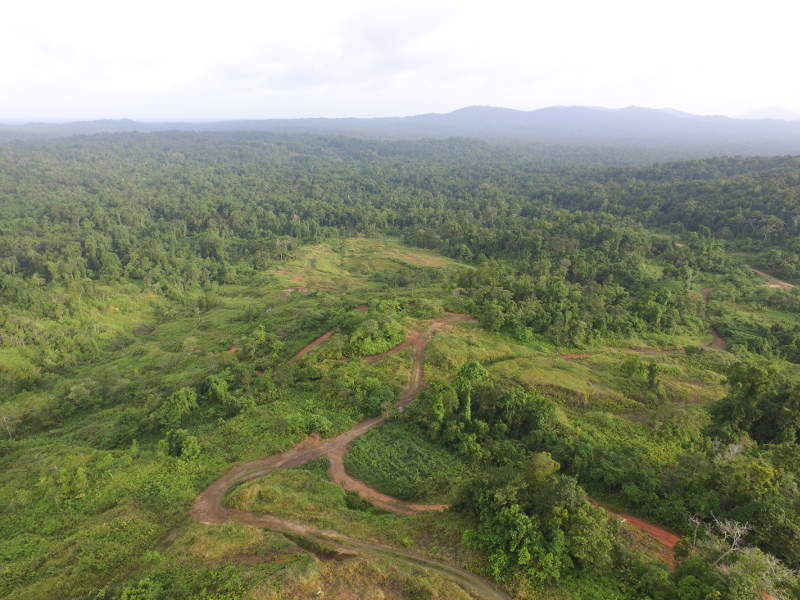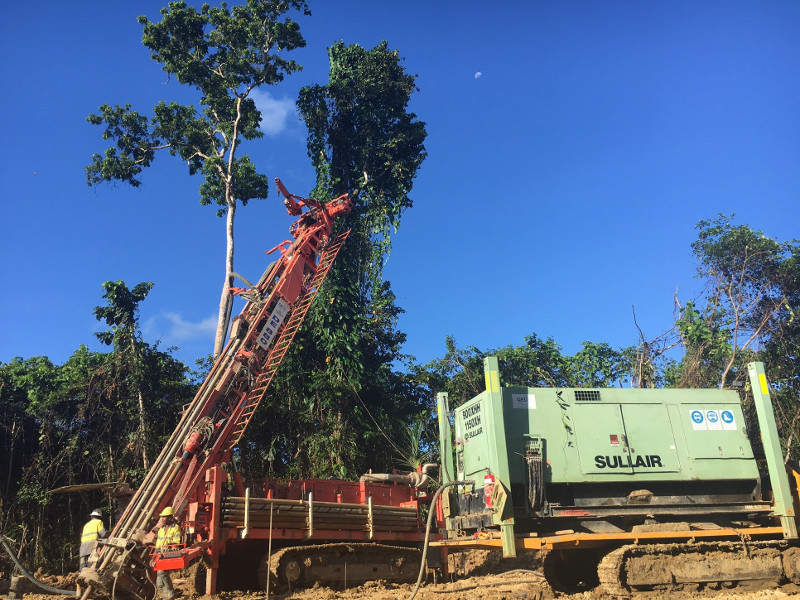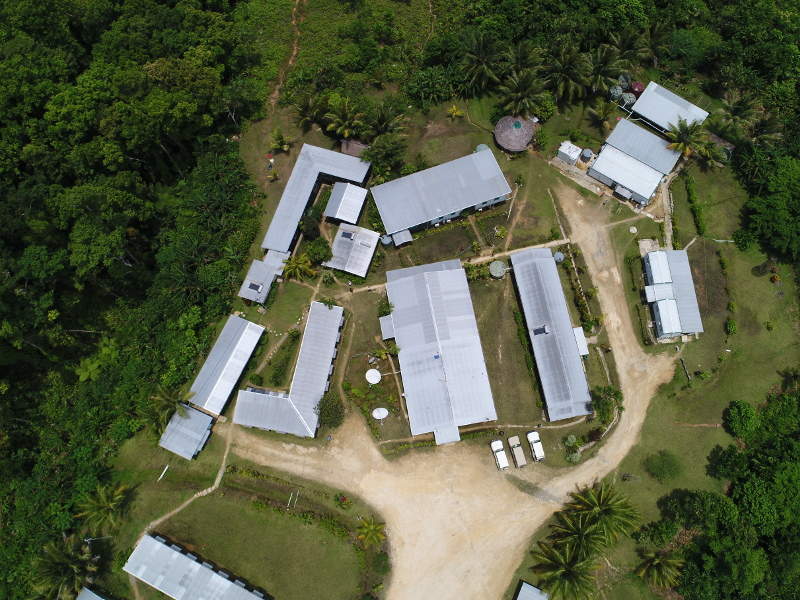The Woodlark gold project is an open-pit mine being developed on Woodlark Island in the Milne Bay Province of Papua New Guinea (PNG).
Environmental approval for the gold project was granted in 2014, and the definitive feasibility study (DFS) was completed in November 2018.
The project is expected to produce 967,117oz of gold over its mine life of 13 years, while the average production during the first five years is estimated to be 104,000oz of gold.
Woodlark Mining Limited (WML) is the owner and developer of the project. Geopacific holds a 93% economic interest in WML, which includes a direct interest of 51% and a 42% interest through Kula Gold (Kula), in which the company holds an 85% stake.
Woodlark project location, geology, and mineralisation
The Woodlark gold project is located approximately 600km east of Port Moresby and hosted within mining lease 508. It is categorised into three deposits, namely Busai, Kulumadau, and Woodlark King, which are located within a 5km haul distance.
Most of Woodlark Island is covered by Plio-Pleistocene limestones (coronus) of variable thickness with associated marine clays and basal conglomerates. A central elevated portion of the island (horst structure) contains Miocene volcanic rocks.
Gold mineralisation is predominantly hosted by andesites and their subvolcanic equivalents within the Miocene age stratigraphic unit. It is mostly associated with lodes, quartz veins, stockwork zones, and breccias developed within proximal phyllic and marginal propylitic alteration envelopes regionally associated with intrusive breccia complexes.
Woodlark gold project reserves
The Woodlark gold project is estimated to contain proven reserves of 28.9Mt of ore containing 1.04Moz of gold grading 1.12g/t Au. The mineral resources are estimated to be 47.04Mt containing 1.573Moz of gold grading 1.04g/t Au.
Mining at Woodlark gold project
Conventional open-pit mining method is proposed for the Woodlark gold project. The highest grade of ore is planned to be excavated first by arranging multiple staged pits.
The mine plan envisages the extraction of approximately 149Mt of ore from the three deposits of the project over its mine life. The Kulumadau and Busai deposits are proposed to be mined first, followed by Kulumadau, Kulumadau East and Busai deposits, and the Woodlark King deposit.
Major mining fleet at the open-pit mine will include 120t diesel hydraulic excavators and 100t haulage trucks.
Ore processing
Run-of-mine (RoM) ore will be trucked to a central stockpile near the primary crushing facility, where it will be crushed. Waste rock from the mine will be sent to a single dump located adjacent to each open-pit.
The crushed ore will pass through a semi-autogenous grinding (SAG) circuit, ball milling followed by gravity separation. A conventional carbon-in-leach (CIL) processing plant with a capacity of 2.4Mtpa will then adsorb gold and silver onto carbon. The resultant product will then undergo carbon elution and electro-winning to produce gold dore bars.
The CIL plant is expected to process 30Mt over its project life and will be optimised with upgraded ore from the third year.
Infrastructure facilities at Woodlark project
The mine can be accessed through a network of roads and tracks. The project includes an airstrip, water supply dam, and deep-sea tailings placement (DSTP) system.
An accommodation camp is expected to be developed approximately 2.7km from the processing plant and is expected to house more than 300 people.
A dedicated wharf featuring an onshore depot will be constructed west of the processing plant site. It will be accessed by a new road built across a flat terrain.
Contractors involved
Lycopodium prepared the detailed feasibility study (DFS) for the Woodlark gold project with support from a group of consultants, including Mincore, Independent Metallurgical Operations & ALS Metallurgy, MPR Geological Consultants, Mining Plus, and Peter O’Bryan and Associates.






